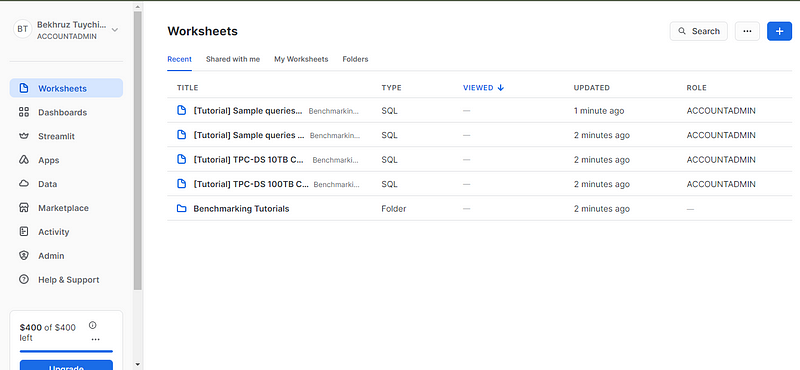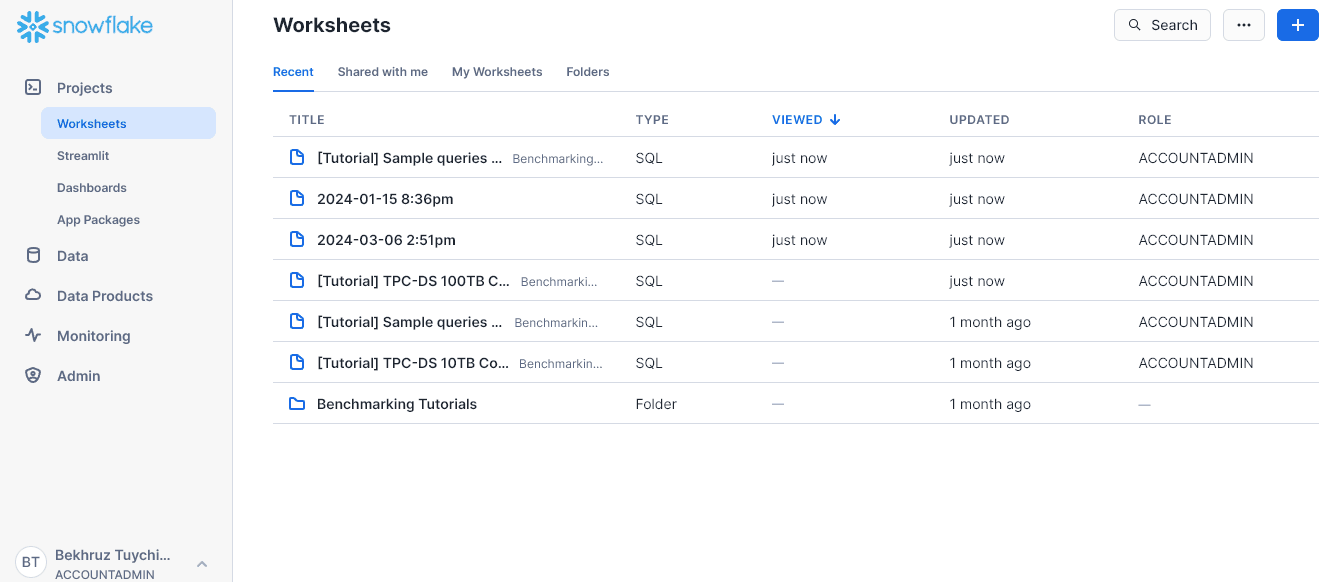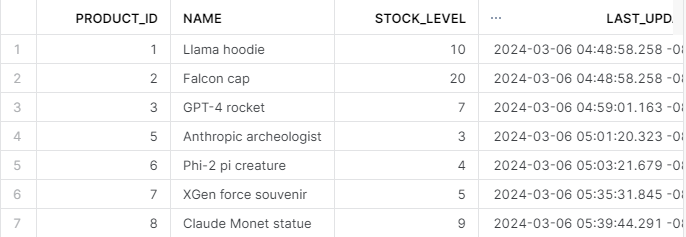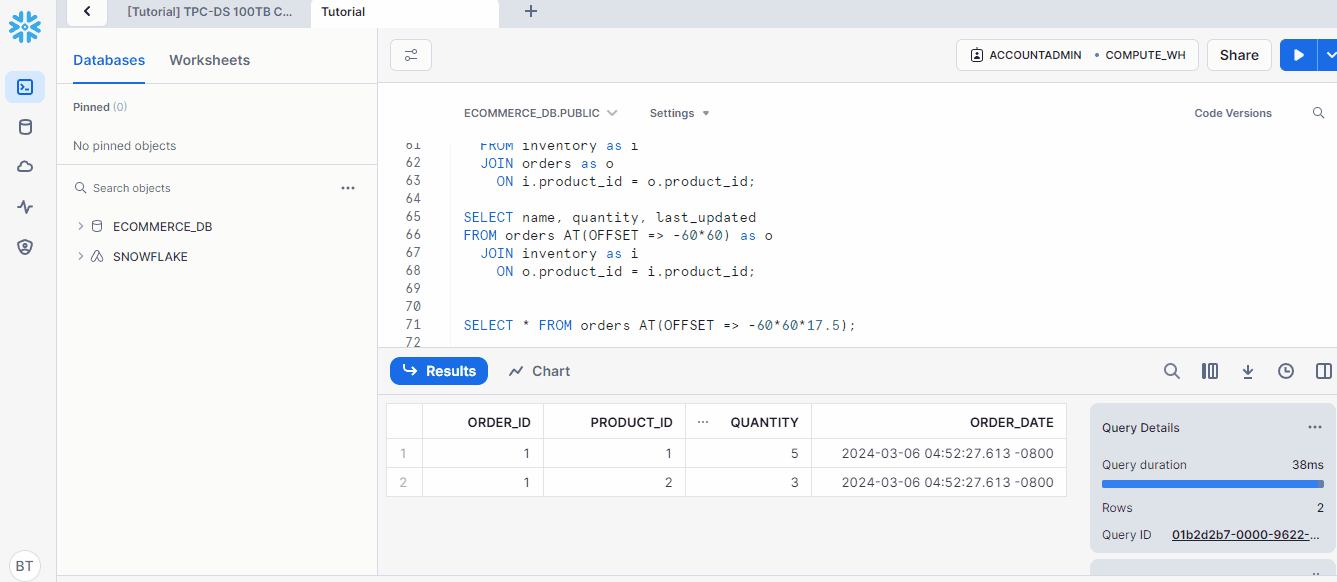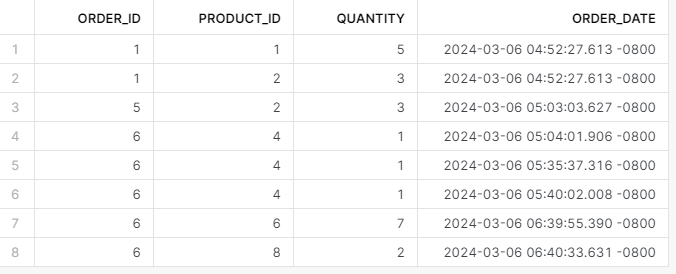course
Using Snowflake Time Travel: A Comprehensive Guide
Discover how to leverage Snowflake Time Travel for querying history, cloning tables, and restoring data with our in-depth guide on database recovery.
Mar 2024 · 9 min read
Topics
Start Your Snowflake Journey Today!
3 hours
10K
course
Understanding Data Engineering
2 hours
221.2K
track
Associate Data Engineer
30 hours hours
See More
RelatedSee MoreSee More
blog
Which is the Best Snowflake Certification For 2024?
Discover the top Snowflake certifications for 2024 with our comprehensive guide. Find out which Snowflake certification aligns with your career goals.
Matt Crabtree
11 min
blog
How to Build Adaptive Data Pipelines for Future-Proof Analytics
Leverage data warehousing techniques combined with business logic to build a scalable and sustainable approach to data analytics.
Sanjana Putchala
10 min
tutorial
Snowflake Tutorial For Beginners: From Architecture to Running Databases
Learn the fundamentals of cloud data warehouse management using Snowflake. Snowflake is a cloud-based platform that offers significant benefits for companies wanting to extract as much insight from their data as quickly and efficiently as possible.
Bex Tuychiev
12 min
tutorial
Snowflake Snowpark: A Comprehensive Introduction
Take the first steps to master in-database machine learning using Snowflake Snowpark.
Bex Tuychiev
19 min
tutorial
Mastering AWS Step Functions: A Comprehensive Guide for Beginners
This article serves as an in-depth guide that introduces AWS Step Functions, their key features, and how to use them effectively.
Zoumana Keita
code-along
Getting Started with Data Analysis in Snowflake using Python and SQL
In this code-along session, you will learn how to use Snowpark Python and SQL to perform data analysis in the Snowflake Data Cloud.
Vino Duraisamy

